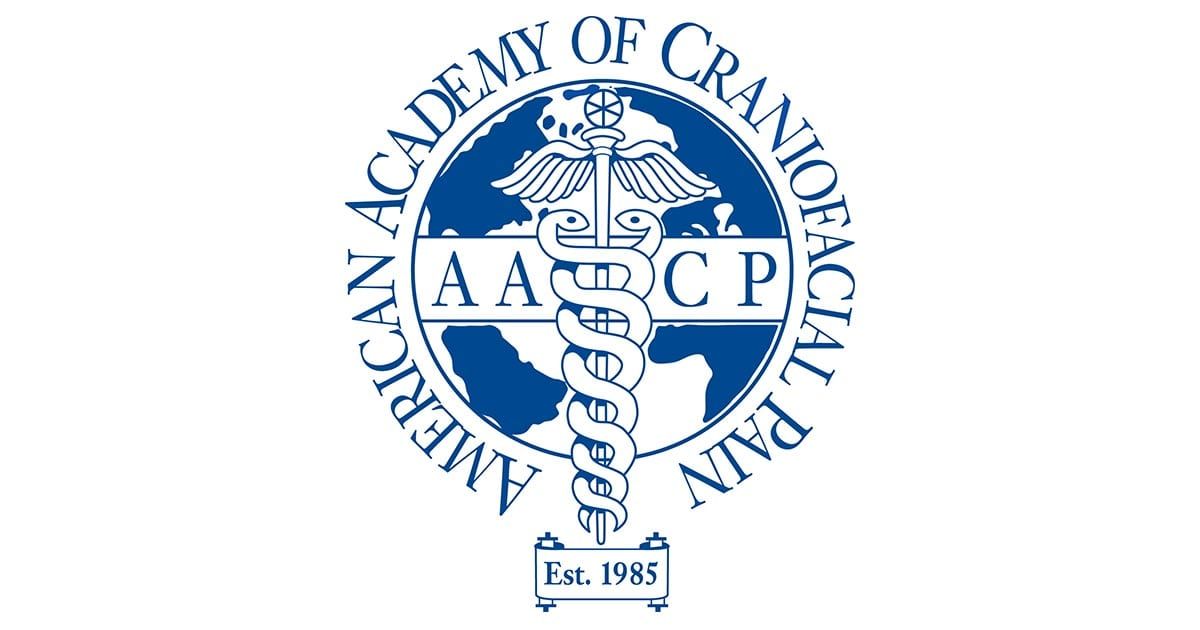
Published in The Journal for the American Academy for Craniofacial Pain
Upper Airway Resistance Syndrome (UARS), a sleep disorder characterized by airway resistance to breathing during sleep, often goes undiagnosed or masquerades as another problem. Headaches, myalgia, sleep onset insomnia, sleep maintenance insomnia,1 bruxism, anxiety and depression are all symptoms of chronic stress which can be related back to respiratory effort-related arousals and (UARS). According to Christian Guilleminault, the researcher credited with naming this disorder, “Partial obstruction of the airway is hard to quantify. Research and clinical diagnosis and treatment have not been integrated. The medical community is slow to recognize the problem.
Because the medical profession does not fully recognize the problem, many doctors are ignoring a condition that could be affecting as much as 15% of our population. 3 This is great for Starbucks, but quite the opposite for many people. Dentists do not need an M.D. to diagnosis Upper Airway Resistance Syndrome. With a strong background in craniofacial pain, we can recognize the symptoms in our patients and provide effective treatment protocols. Patients that exhibit symptoms of chronic stress can be tested with ambulatory polysomnography to determine if there is a pattern of arousal and light sleep all night long. If we can break the pattern of chronic stress and lower cortisol levels, it will take our patients out of sympathetic mode and slow down their pulse rate and give them a more restorative night’s sleep. This can be done with appliance therapy treatment, myofunctional therapy, and breathing exercises.
Small changes in the airway at night during sleep can be interpreted by the body’s defense mechanism as a threat. This is an ancient and highly integrated reflex pattern, known as the hypothalamic-pituitary adrenal axis, starts with the hypothalamus and results with cortisol in the blood.
Cortisol is the enemy. Cortisol is synonymous with stress. We now know that chronic cortisol, can activate tens or even hundreds of unexpressed genes in our body,4 that produces a variety of hormonal changes with a plethora of symptoms.5 Among these symptoms are a reduction in leukocyte production and interleukin. Both make us more susceptible to infection. The dentist is possibly the best positioned medical practitioner to provide a special service and to educate their patients in relation to a sleep and breathing disorder.
Orofacial pain and breathing problems reduce the quality of life of so many of our patients. Be sure to make an effort to educate the community where you live. We can make a difference.
Theodore R. Belfor, D.D.S.
New York, New York
References:
- Sleep improvement in an insomniac patient with global pituitary insufficiency after change from triple to quadruple cortisol replacement therapy. Sleep Med 2007; 8(5):517-519. Epub 2007 May 18.
- Interview with Christian Guilleminault, Tuesday July 26th; Dr. Steven Park, Webinar. http://doctorstevenpark.com/?p=6268
- Ogunrinde O, .Yue HJ, Guilleminault C: Upper airway resistance syndrome. PCCSU 2011; July, Vol. 25. http://www.chestnet.org/acc /pccsu/upperairway resistance-syndrome
- Ridley M: Genome; Harper Perrenial Edition published 2006
- Wust S, Federenko I, Hellhammer D: Genetic factors, perceived chronic stress, and the free cortisol response to awakening. Psychoneuroendocrinology 2000; 25:707-720. www.elsevier.com/locate/psy euen.

